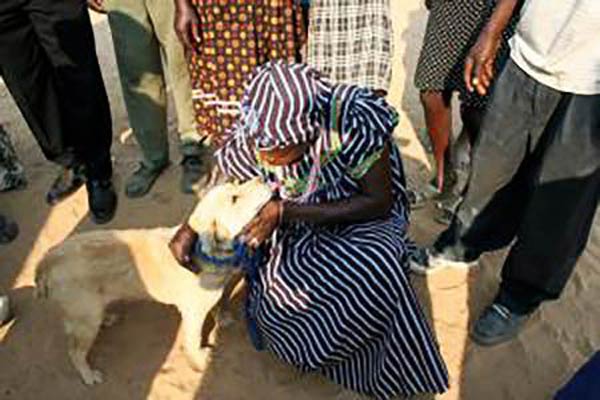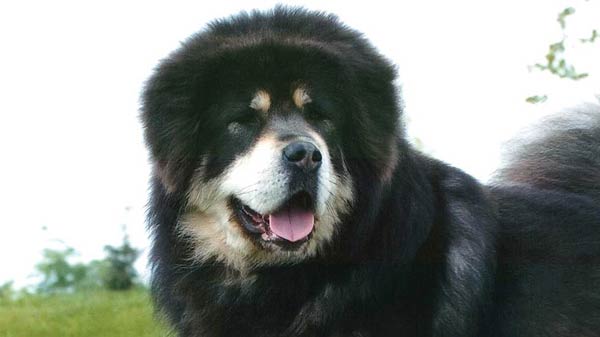
Like many scientists before them, Dr. Laura M. Shannon and Dr. Adam R. Boyko of Cornell University’s College of Veterinary Medicine went searching for the origin and location of the modern dog. Along with a team of international scientists, they analyzed three kinds of DNA in the blood samples of nearly 5,000 dogs. The dogs were a diverse group, spanning 161 breeds, 167 mixed breeds, and 549 “village dogs” from 38 countries. A village dog is one that belongs to a free ranging, unrestricted breeding population. Village dogs make up a whopping 75 percent of the world’s approximately 1 billion dogs.

The findings, published this week in the Proceedings of the National Academy of Sciences, suggest that dogs were domesticated in Central Asia, probably near Mongolia and what is now Nepal. From there dogs spread across East Asia and onward. Dr. Boyko said that this is the region where “all dogs alive today” originate.
The data does not pinpoint the origin’s dating, but Dr. Boyko believes it occurred at least 15,000 years ago.
In the New York Times, James Gorman reports that Greger Larson of Oxford University, who is leading an international effort to analyze ancient DNA from fossilized bones, is impressed by the scope of the study. “It’s really great to see not just the sheer number of street dogs, but also the geographic breadth and the number of remote locations where the dogs were sampled,” Larson told the Times.

The research will require further investigation—the one thing most archaeologists and geneticists can agree on is that the field of dog studies is by no means definitive. Dr. Boyko admits that the possibility that some dogs were domesticated elsewhere can’t be ruled out. As Dr. Larson puts it, research about the origins of modern dogs is “extremely messy,” and a combination of studies of modern and ancient DNA is necessary.
Dr. Boyko and his team traveled to several of the locations where blood was drawn from village dogs. Finding willing participants wasn’t hard. “The great thing about working with dogs is that if you show up with food you don’t usually have trouble recruiting subjects. Usually,” he said.
Dr. Boyko’s laboratory at Cornell has conducted other fascinating canine research (though it might be a little challenging for the layperson to interpret), such as, “Population variation revealed high-altitude adaptation of Tibetan Mastiffs.” Academic or not, anything with the words “Tibetan Mastiff” in it is OK with us.


